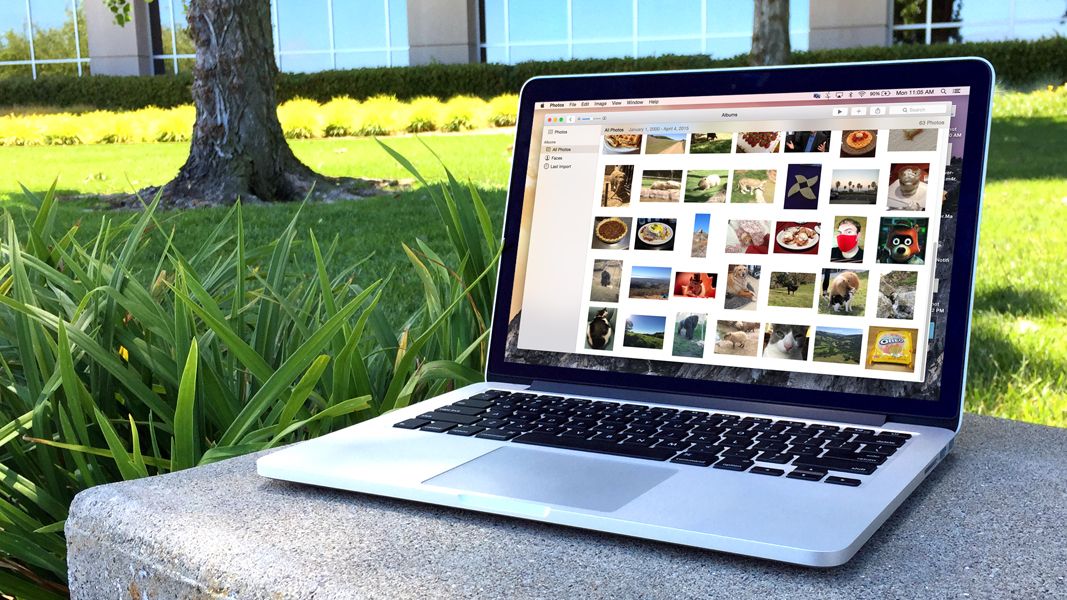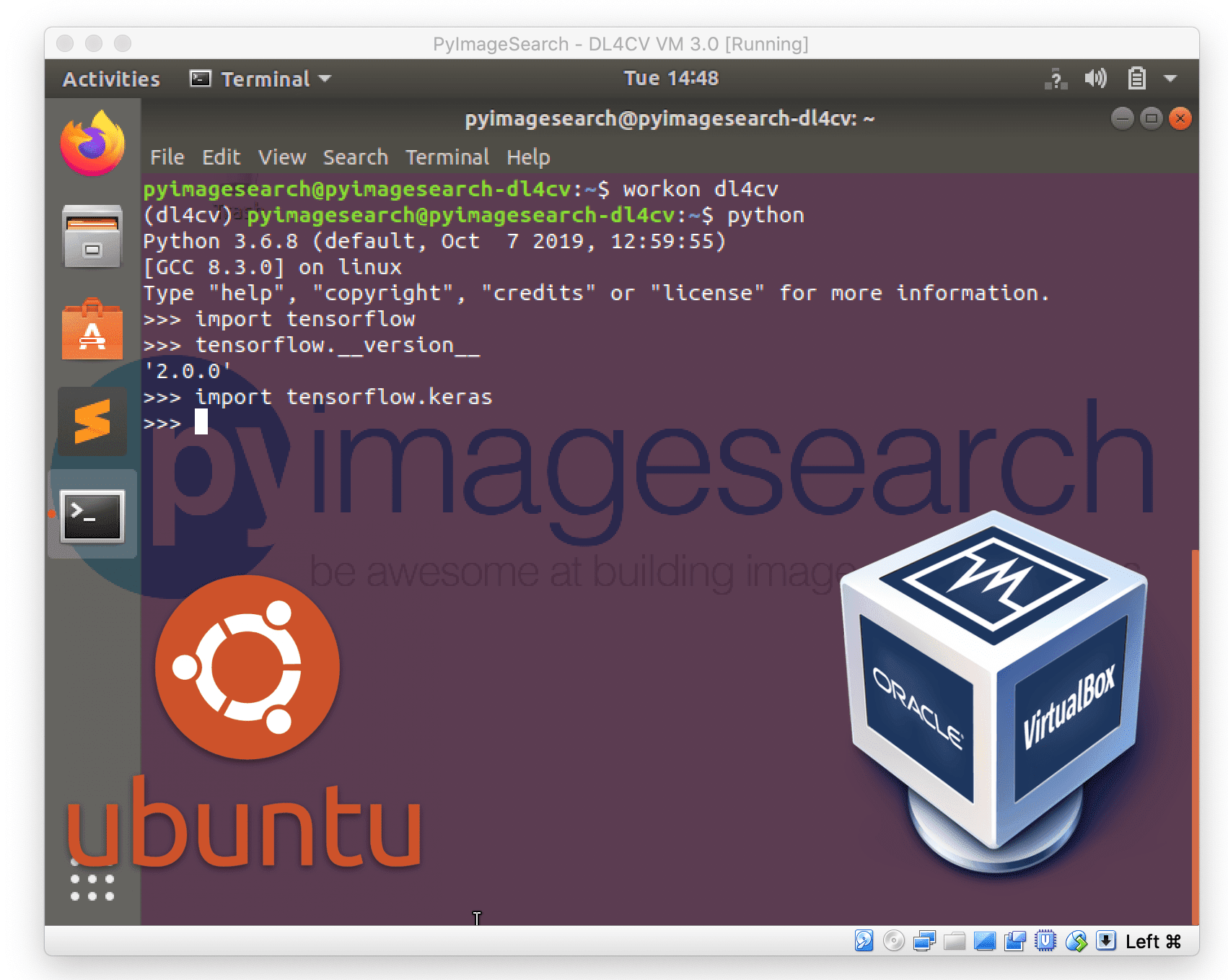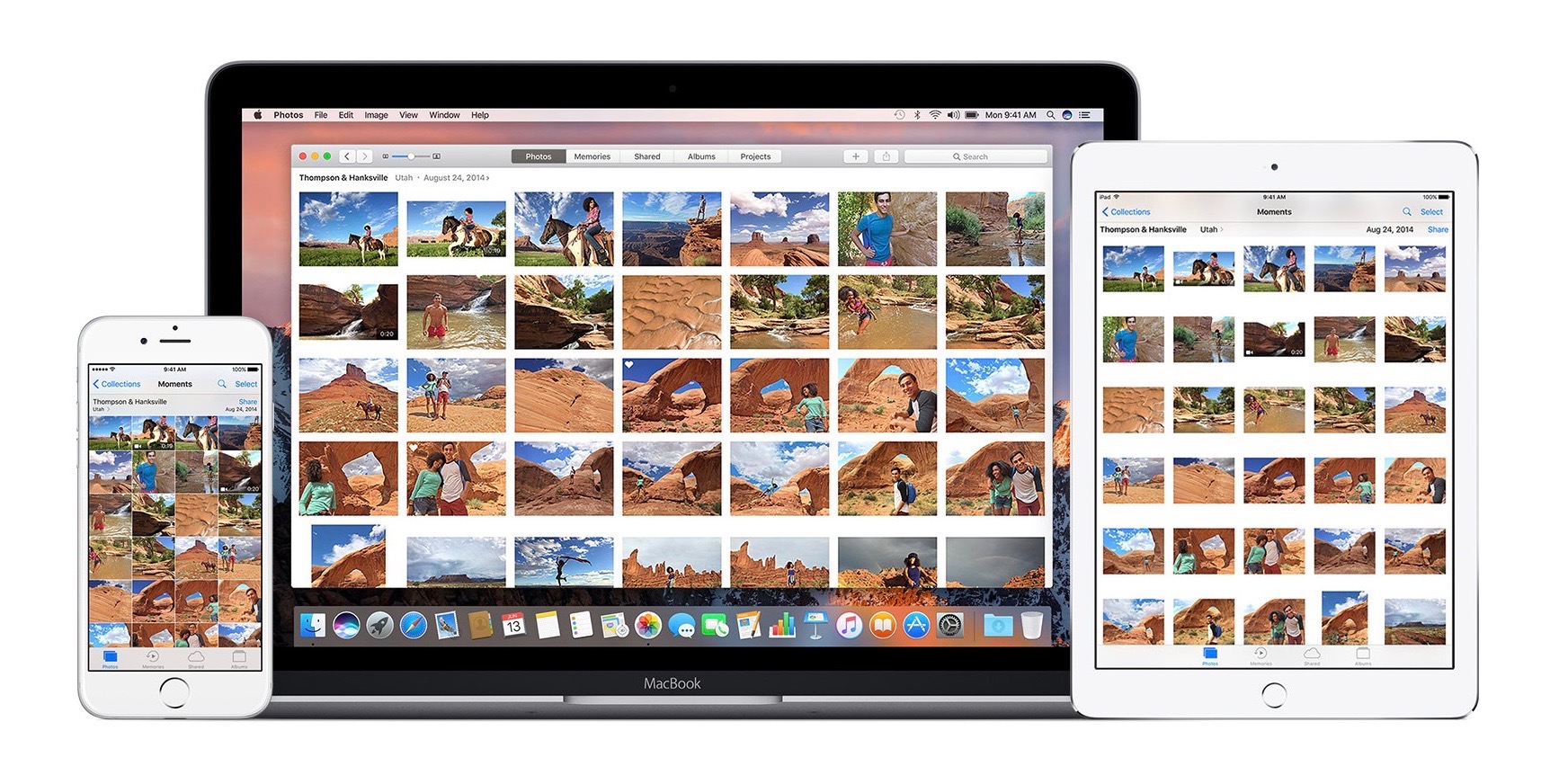How To Rebuild Photo Library Mac
Photos in your System Photo Library are available in apps like iMovie, Pages, and Keynote. You can also sync them to iOS devices and view them on Apple TV. And if you want to use your own images as your desktop picture or screen saver, the images need to be in your System Photo Library before you can select them in System Preferences.
If you have only one photo library, then it's the System Photo Library. Otherwise, the first photo library that you create or open in Photos will become the System Photo Library. If you have more than one library, you might need to designate a System Photo Library, so other apps can access the photos and videos you want them to use.
Feb 21, 2020 One more thing that you should do to view your restored photos, which is to import the restored iPhoto Library into iPhoto Library folder on Mac: Launch iPhoto 'File' 'Switch to Library' Select the restored iPhoto Library. Jan 12, 2020 You can access the hidden Library folder without using Terminal, which has the side effect of revealing every hidden file on your Mac. This method will only make the Library folder visible, and only for as long as you keep the Finder window for the Library folder open.

Follow these steps to designate a System Photo Library:
- Quit Photos.
- Hold down the Option key and open Photos. One of the photo libraries is already designated as YourLibraryName (System Photo Library).
- Choose the library you want to designate as the System Photo Library.
- After Photos opens the library, choose Photos > Preferences from the menu bar.
- Click the General tab.
- Click the Use as System Photo Library button.
If you open a second or different library in the Photos app, and you haven't designated it as the System Photo Library, other applications will use photos from the original System Photo Library. Hold down the Option key when you open Photos to see which library is set as the System Photo Library.
Mac Photos Updating Library
iCloud and the System Photo Library
You can use iCloud Photos, Shared Albums, and My Photo Stream only with the System Photo Library. If you choose a different library in Photos without designating it as the System Photo Library, the iCloud tab in Photos preferences is disabled:
If you designate a new library as the System Photo Library and then turn on iCloud Photos, the photos and videos in the new library will merge with those already in your iCloud Photos. If you want to keep the contents of your photo libraries separate, don’t turn on iCloud Photos for more than one library in Photos.
[Updated December 18, 2014]
Most of us agree that iPhoto sucks, but for many of us it’s a necessary evil. As time goes on and your iPhoto database grows, it can start to experience issues. These issues can include missing photos, missing thumbnail images, and the database being completely unreadable.
iPhoto will prompt you to repair the database if things get really bad, but if they’re just annoying you can repair the database yourself. If you’re stuck using iPhoto you might as well make it work as smoothly as possible, so here’s how to fix most common iPhoto issues by rebuilding the iPhoto library.
Opening iPhoto
If iPhoto is open, quit the application by selecting it and hitting Command + Q. If it’s being testy with you, you may have to Force Quit it by going to the Apple Menu, selecting Force Quit, then choosing iPhoto.
Next, open up the Applications folder and find iPhoto. Hold down Command + Option and open iPhoto. Keep holding the buttons down as iPhoto loads, until you see the Rebuild dialog box appear.
Note: This will look different based on the version of iPhoto you have. This is being written with version 9.5.1.
Rebuild Photo Library Mac
Depending on the specific issue you’re experiencing choose one of the four options. (On earlier versions there are 6 options)
Fixing the iPhoto Library
The four or six options you should now see run the gamut of iPhoto library fixes. They are organized from simplest to most obtrusive. None of these require any more or less work from you, but they do progressively more work on the database. It’s smart to only work on a database as much as necessary and no more. Use these guidelines from Apple to decide which you should use:
- Repair Permissions – This should be the first fix that you try. If iPhoto isn’t opening or if you get an error telling you certain photos can’t be edited, use the Repair Permissions feature to fix them.
- Rebuild Thumbnails – This pretty much speaks for itself. If your thumbnails in iPhoto aren’t showing correctly or if gray boxes are showing instead of them, use this option.
- Repair Database – Using the repair feature is a little less obtrusive than rebuilding it, and should be used if you believe you’re missing images or if iPhoto as a whole isn’t working well.
- Rebuild Database – Use this as a last resort if the others fail to fix your issues. This is useful if iPhoto quits unexpectedly, won’t load at all, or freezes in loading.
For older versions of iPhoto (before version 9.3) check out Apple’s help documentation here.
The Results
Each of these options will take varying amounts of time to complete, with rebuilding thumbnails and the database itself taking the most time. Once they’re done however, you should be up and running as smoothly as possible.
iPhoto might not be the best app out there, but if you need it to sync photos to your iPhone correctly or anything else, try the fixes above and see if they can make iPhoto behave a little better.
Update: If you are running iPhoto 9.3 or higher, you will see the Photo Library First Aid image shown above when you hold down Command+Option when starting the software. If you are running an older version of iPhoto, the “first aid” options will look like the image below.
As you can see, this screen has several options that differ somewhat from the instructions mentioned above. The functionality is pretty straight forward however, and mostly self explanatory. If you are having issues with your version of iPhoto, the “Rebuild the iPhoto Library Database from automatic backup” option is the one that will fix just about anything, although depending on the nature of the problem, any one of the other options might work as well, and will certainly take less time.
If you’re missing photos from your library, the “Recover orphaned photos in the iPhoto Library folder” may solve the issue, and reintegrate those photos. Selecting this option will tell the software to look for image files in the library folder that are not already a part of iPhoto, and then re-add them to the database. If you find many files are missing, and it continues to be a problem, rebuilding the database file is an option to help fix this problem as well.
The library is called libevent.In general, compilation errors like these are a flaw in the build scripts. 
